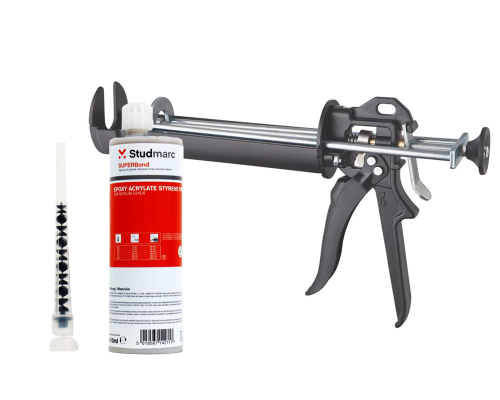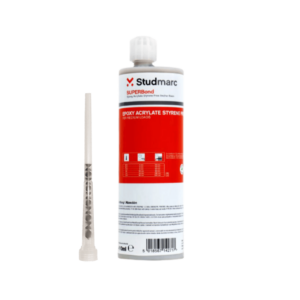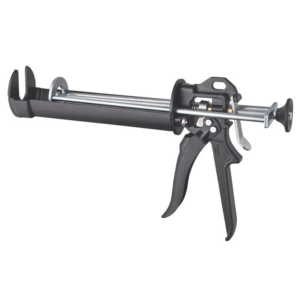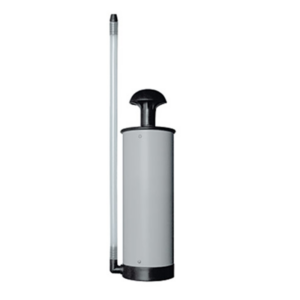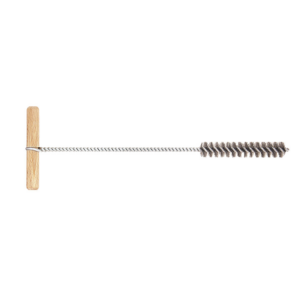Key features of epoxy resin
With so many options out there how do you know which epoxy resin is fit for purpose? Well, there are a number of key features often touted on the packaging that will boast of an aspect of their resin but be warned where there’s strength in one aspect, there’s weakness in another. It’s vital to get down to the specifics and get the right resin for the job.
Strength
Arguably the most important consideration to be made when choosing an epoxy resin is its strength. Depending on your project and how you’re applying the epoxy resin, there will be three main types of strength to consider.
Compressive Resistance – The amount of pressure resistance when squeezed from both top and bottom. Compressive resistance is often measured in PSI (pounds per square inch) and is the most important factor in tactile stud and strip insulation.
Tensile Strength – The key factor in ensuring two materials stay bonded together. This type of strength is the most important when pairing two parallel surfaces, it ensures that they’re incredibly hard to separate.
Flexural Strength – This is the resin’s ability to connect two materials together and keep that bond flexible and intact under duress. High flexural strength is ideal for anything that’s going to receive large amounts of pressure and needs to be able to move and absorb that pressure.
Water Resistant Properties
A lot like the varying strengths, epoxy resins come with varying resistance to water. Generally, epoxy resin is waterproof when hardened, so that doesn’t present any issue when set. They differ however in whether they can be applied and set while there is localised moisture present. In other words, how much water the mix can be exposed to and still cure effectively. There are specific resins that are marketed for use in wet environments or for use on water pipes etc.
Epoxy Curing Period
Two-part epoxy curing times vary from product to product. Generally, the stronger an epoxy is, the longer it will take to cure/harden. Having a long cure time isn’t always a bad thing, as it gives you time to make any adjustments and clear up any excess or spillover from the application site.
Positives and Negatives of Epoxy Resins
The relevant pros and cons can differ depending on the specific resin, but they all have similar benefits and downfalls.
Positives
Strong Bonds – Due to the nature of epoxies they’re incredibly strong when set, along with fantastic weatherproof properties.
Surface Applications – There are innumerable surfaces that epoxy resin can bond with, with great success. The main advantage is that you’re not searching for a specific adhesive for the surface, that will fit a particular environment and hold up under set conditions. Epoxy resin provides an almost fool-proof solution for 90% of use cases.
Curing Speed – The chemical reaction that takes place, when the epoxy resin is mixed with the catalyst, can create a dependable cure within circa 60 minutes. This gives you enough time to correct any overspill but not so much time that there’s any worry about it giving way or coming loose.
Availability – Epoxy resin is widely available from builders’ merchants, supermarkets, online stores, and the list goes on. It’s easy to get hold of a good quality epoxy resin in a short space of time.
Negatives
Ventilation Needed – When applying epoxy resin, due to the hazardous fumes, it’s important to keep the room or area well-ventilated to avoid inhaling the chemicals.
Mixing Two-Part Epoxy Resin – When preparing a two-part epoxy resin, it can be tricky to get the consistency and measurements right dependent on the applicator. Although, many two-part resins come with an applicator that automatically mixes the two components to the right consistency. This negative is very dependent on the resin chosen.

